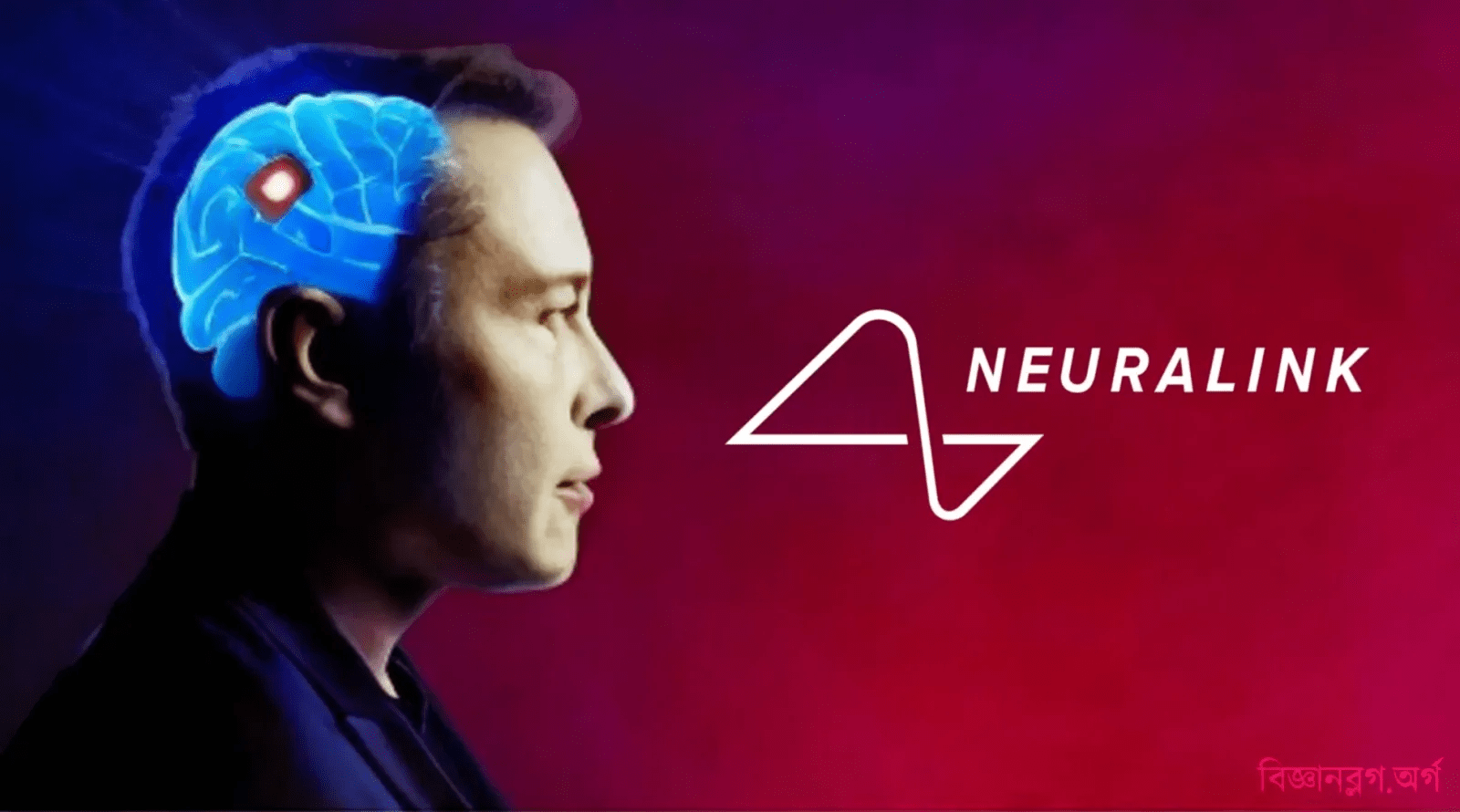
Neuralink’s Brain-Computer Interface: Progress, Potential, and Challenges
Elon Musk’s Neuralink, a neurotechnology company, is poised to unveil significant progress in its brain-computer interface (BCI) technology. The upcoming “show and tell” event promises a glimpse into the future of human-computer interaction. This event generates considerable excitement and speculation within the scientific and technological communities. The potential implications of successful BCI technology are vast and far-reaching, impacting fields from medicine to entertainment.
Understanding Brain-Computer Interfaces
Brain-computer interfaces represent a revolutionary field, bridging the gap between the human brain and external devices. These interfaces work by detecting and interpreting brain signals, translating them into commands that can control external devices or even directly stimulate the brain itself. This technology has been in development for decades, but recent advancements, particularly in areas like machine learning and miniaturization, have propelled it closer to widespread application. The complexity of the human brain presents significant challenges, but the potential rewards are immense.
Types of BCIs
BCIs can be broadly categorized into invasive and non-invasive methods. Invasive BCIs involve surgically implanting electrodes directly into the brain, allowing for higher resolution and more precise signal detection. Non-invasive BCIs, on the other hand, utilize external sensors like EEG caps to detect brain activity from outside the skull. While less precise, non-invasive methods are less invasive and more readily accessible. The choice between invasive and non-invasive approaches depends largely on the specific application and the trade-off between precision and invasiveness.
Current Applications and Future Potential
Currently, BCIs find application in various fields. They are utilized in assistive technologies for individuals with paralysis or other motor impairments, enabling them to control prosthetic limbs or communicate more effectively. In research settings, BCIs help scientists better understand brain function and develop new treatments for neurological disorders. The future potential of BCIs is even more extensive; Imagine a future where we can directly interface with computers, control devices with our thoughts, or even enhance our cognitive abilities. Such a future, once relegated to science fiction, is rapidly becoming a tangible possibility.
Neuralink’s Technological Advancements
Neuralink’s approach stands out due to its focus on developing a high-bandwidth, implantable BCI. Their technology utilizes tiny, flexible electrodes that are surgically implanted into the brain. These electrodes are designed to record and stimulate neural activity with high precision. The company has made significant strides in miniaturizing the associated electronics, aiming to create a system that is both powerful and minimally invasive. This commitment to miniaturization is crucial for long-term implantability and patient comfort.
The “Link” Device and Surgical Procedure
Neuralink’s flagship product, the “Link,” is a small, implantable device that sits beneath the skull. The surgical procedure for implanting the Link is designed to be minimally invasive, utilizing a robotic system for precise electrode placement. The company has emphasized the safety and efficacy of their surgical procedure, striving to minimize risks and maximize patient outcomes. The details of the surgical procedure and post-operative care remain subject to ongoing research and development.
Challenges and Ethical Considerations
Despite the remarkable advancements, significant challenges remain. Developing a truly reliable and long-lasting BCI is a complex undertaking. Issues such as electrode degradation, immune response, and signal stability need to be addressed. Furthermore, ethical considerations surrounding BCI technology are paramount. Concerns about data privacy, potential misuse, and the long-term impact on human identity require careful consideration and open public discussion. The ethical implications extend beyond individual use, impacting societal structures and norms.
The “Show and Tell” Event and its Significance
The upcoming “show and tell” event is highly anticipated. It is expected to showcase the latest advancements in Neuralink’s technology, potentially including demonstrations of the Link device’s capabilities. This event will provide valuable insights into the company’s progress and its vision for the future of BCIs. The potential impact of this event on the field of neurotechnology is substantial, potentially accelerating research and development efforts worldwide. This public demonstration will undoubtedly influence future investment and regulatory pathways.
What to Expect
While the specifics of the event remain undisclosed, we can anticipate demonstrations of the Link’s functionality. This may include showcasing the device’s ability to record and interpret brain activity, potentially even demonstrating real-time control of external devices. The event may also offer insights into the company’s ongoing research, including advancements in surgical techniques, electrode design, and data processing algorithms. Beyond the technical demonstrations, we can expect discussions about the ethical considerations and future applications of the technology.
Impact on the Future
The success of Neuralink’s technology could have a profound impact on various aspects of our lives. In medicine, it holds immense potential for treating neurological disorders, restoring lost function, and improving the quality of life for millions. In technology, it could revolutionize human-computer interaction, leading to seamless integration between our minds and digital worlds. However, it is equally important to acknowledge the potential risks and ethical considerations that must be carefully addressed before widespread adoption.
Potential Applications Across Various Sectors
The implications of successful brain-computer interface technology extend far beyond the medical field. Its potential applications span a wide range of sectors, promising revolutionary changes in how we interact with the world around us. This transformative technology could revolutionize many industries, influencing not only medical treatments but also our daily lives.
Medicine
- Treating paralysis and other motor impairments
- Restoring lost sensory function
- Treating neurological disorders such as Alzheimer’s and Parkinson’s disease
- Improving prosthetic control and functionality
Technology
- Enhanced human-computer interaction
- Direct brain control of devices and machines
- Development of new forms of communication and interaction
- Augmented reality and virtual reality experiences
Beyond these specific sectors, the potential applications of BCI technology are virtually limitless. Its transformative power could reshape our understanding of human capabilities and redefine the boundaries of what is possible. The sheer scope of its potential applications warrants a careful and considered approach to its development and deployment.
